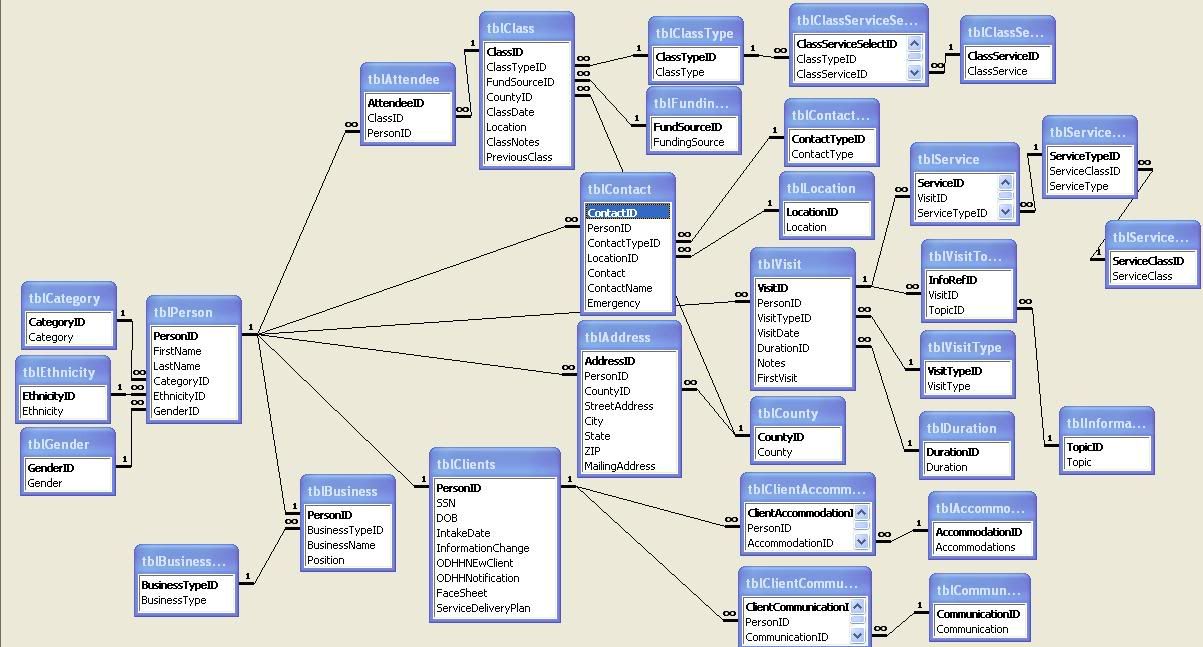I have to redesign the database as things has changed. I've already built a table holding records of Clients along with their address information and some attributes that relates to Clients.
Now, I need to create a table for our Business contacts. This will also need to store address info and then some attributes relating to businesses.
The problem is I'm not sure if I want to take address out of Client table and have Client and Business table link to Address table to follow the rule of not having any repeating data or simply allow Business table to store address.
What would be the best thing to do here?
Thanks.
Now, I need to create a table for our Business contacts. This will also need to store address info and then some attributes relating to businesses.
The problem is I'm not sure if I want to take address out of Client table and have Client and Business table link to Address table to follow the rule of not having any repeating data or simply allow Business table to store address.
What would be the best thing to do here?
Thanks.
Last edited:

